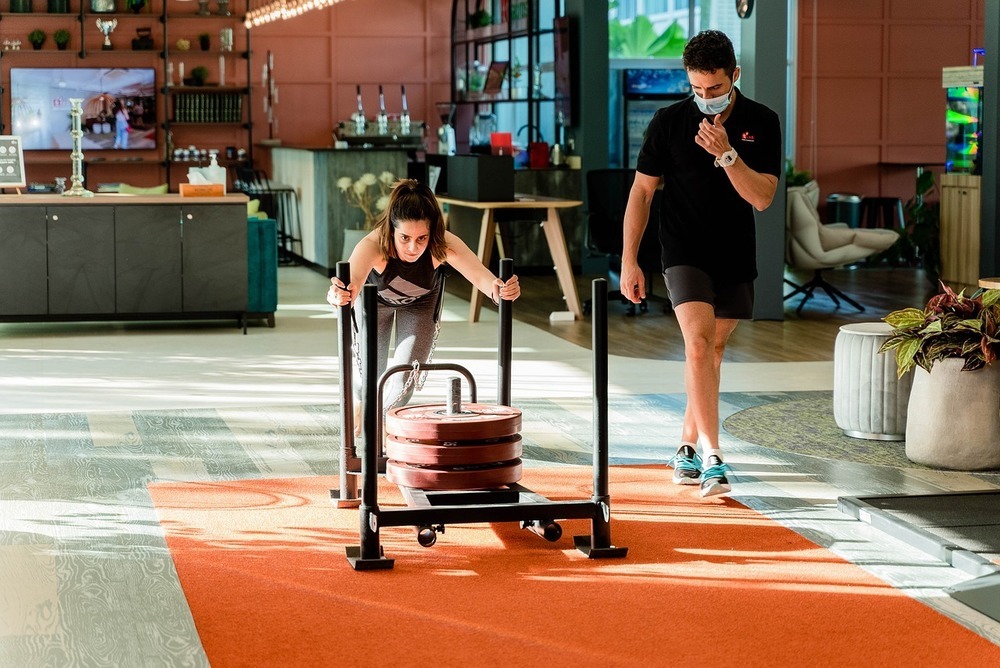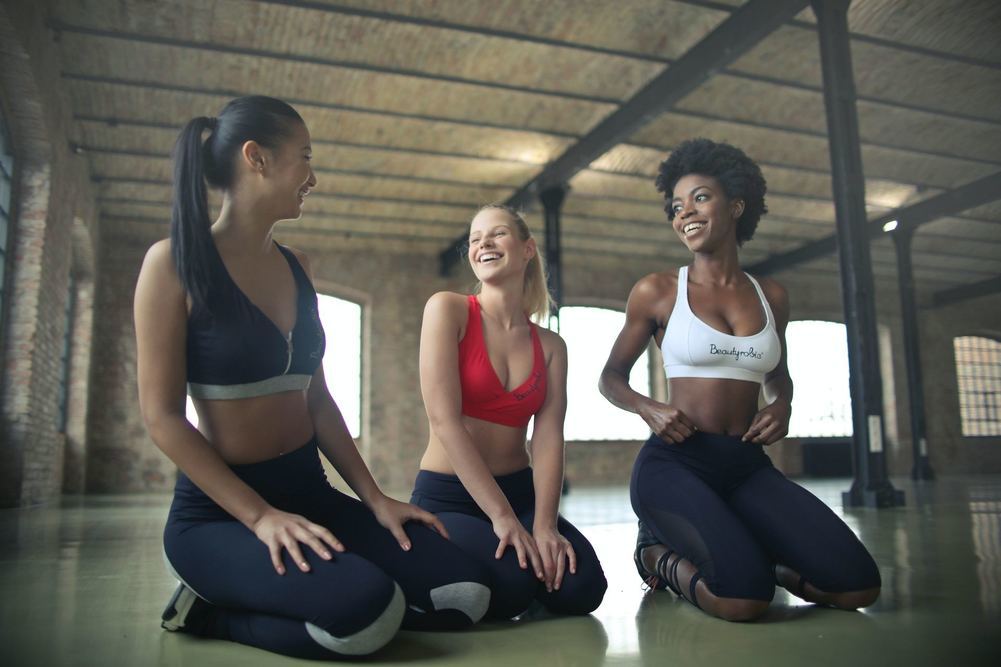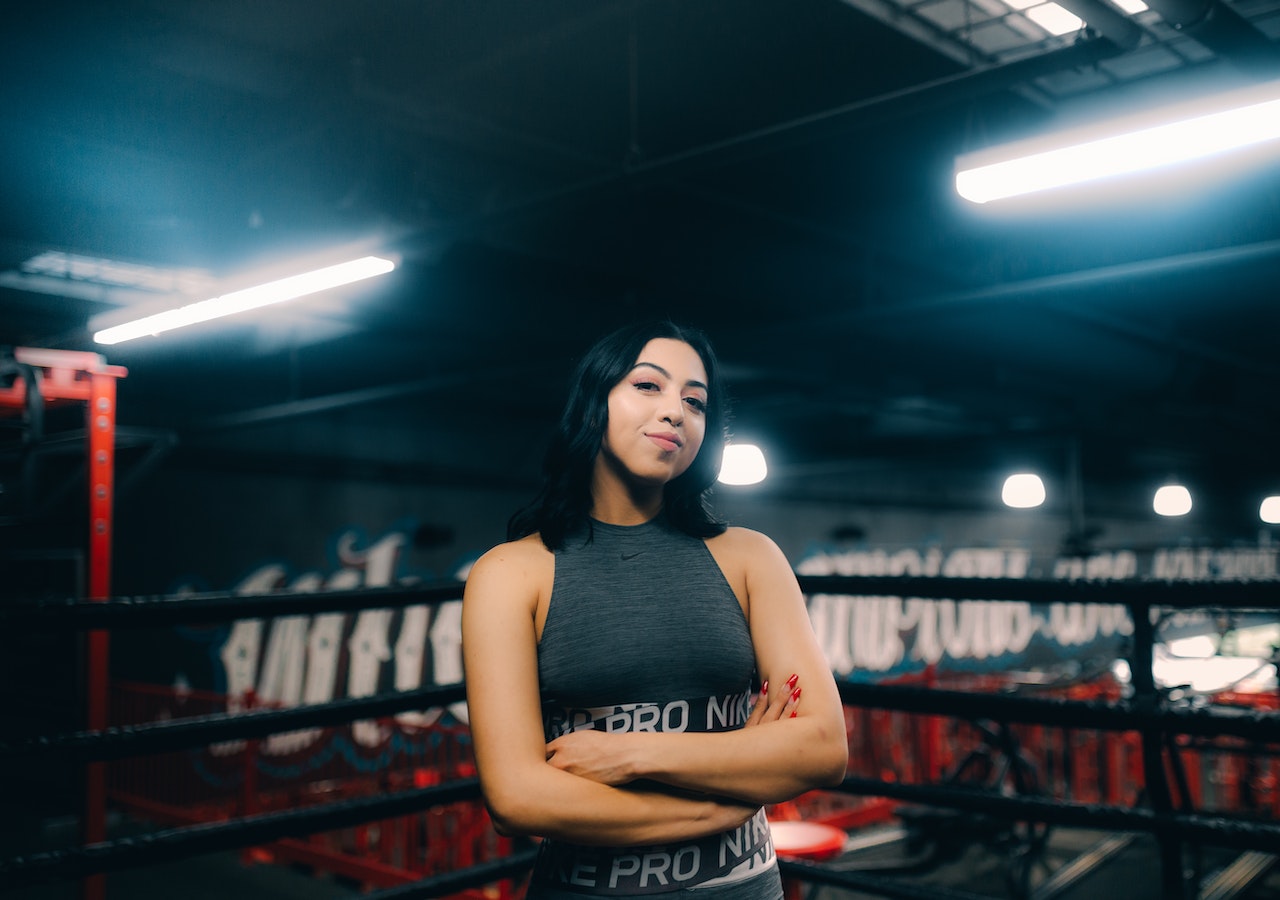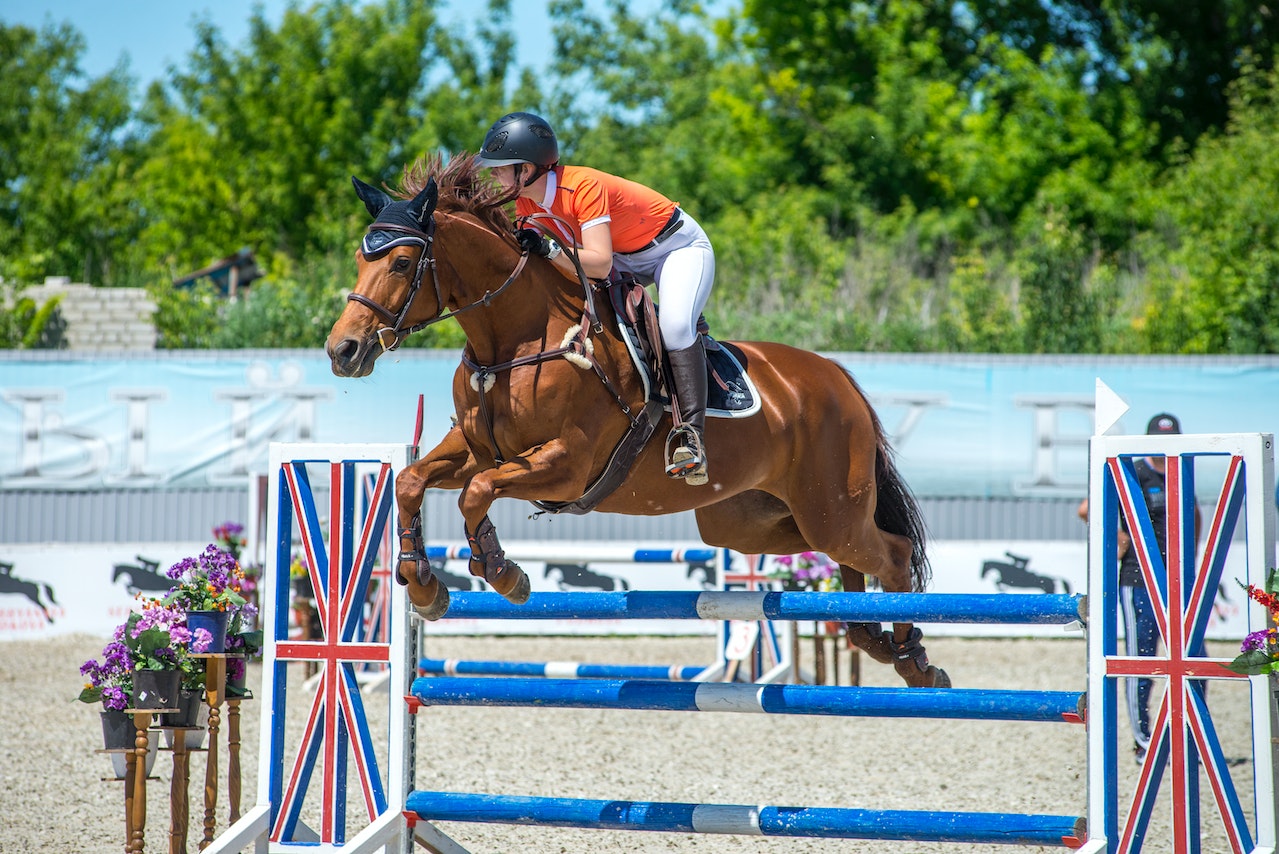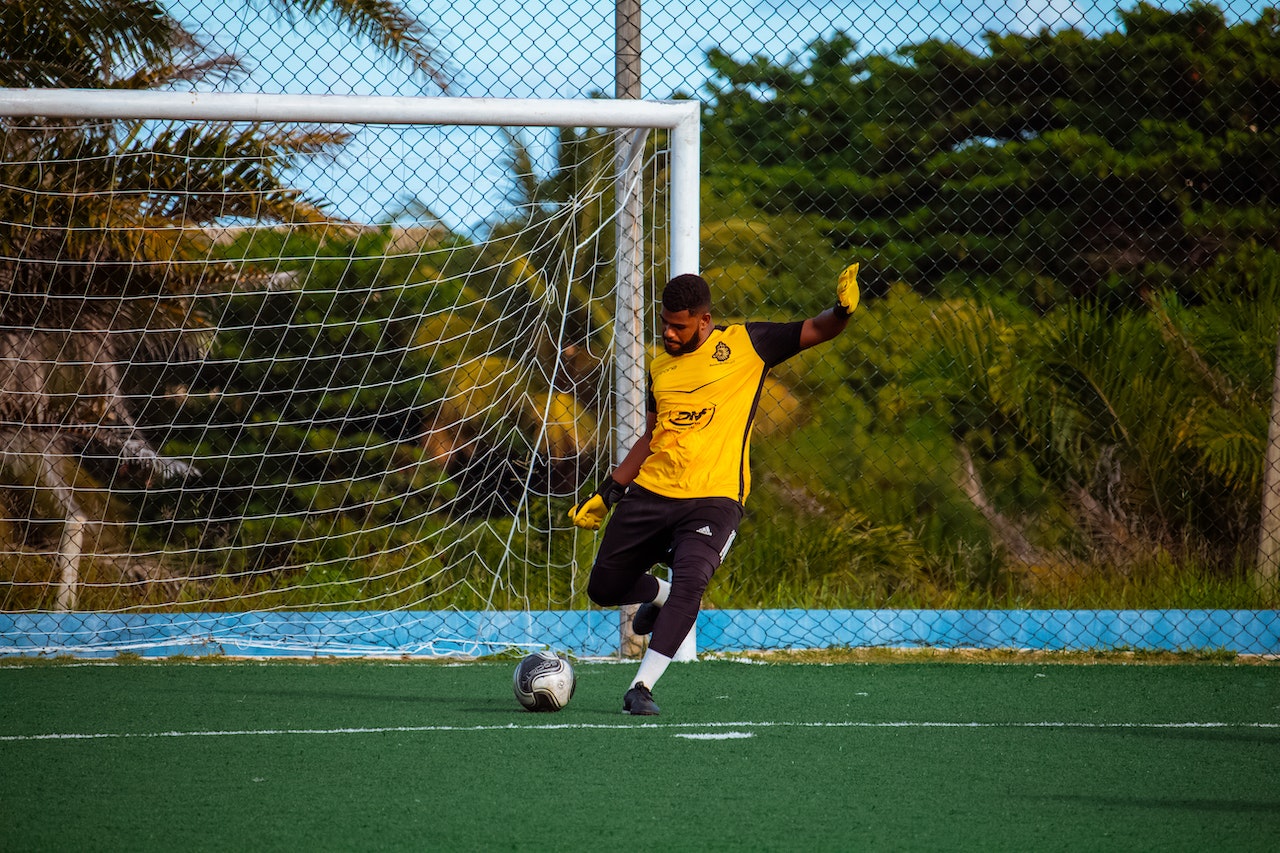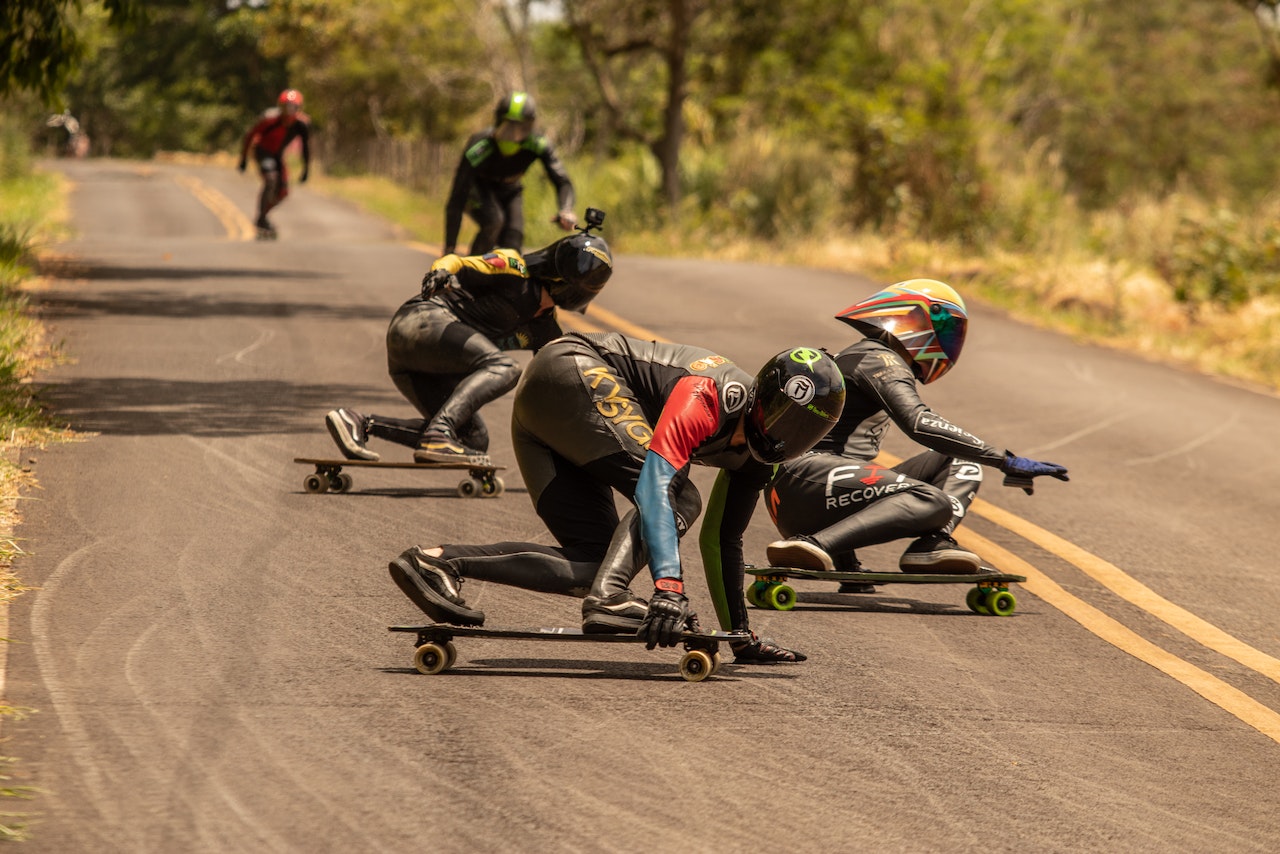Clothing Options for Fitness Educators
Fitness educators play a vital role in motivating and guiding individuals toward healthier lifestyles. Besides their understanding and professionalism in fitness matters, most educators are particular regarding the choice of attire. Why should a trainer’s attire matter? Looks aside, selecting the right clothes executes their primary role effectively. Here is a list of clothes that should be in every fitness trainer’s closet.
Gym Shirts
Gym shirts are a staple for fitness educators. As an educator, you should opt for gym shirts or tops from aim’n with excellent moisture-wicking properties for optimal comfort and focus during intense workouts. Better yet, gym shirts allow freedom of movement, which is essential for demonstrations and group workouts.
Compression Leggings
Compression leggings come in handy in supporting muscles and reducing fatigue during long periods of activity. This class of fitness gear is particularly handy in enhancing flexibility while executing workout movements, which is ideal for instructors demonstrating movements requiring precise form.
Breathable Footwear
Proper footwear is crucial for fitness educators who are constantly on their feet. Choose sneakers that provide adequate cushioning, stability, and breathability. This helps prevent discomfort and potential foot issues, allowing instructors to move seamlessly.
Accessory Considerations
Accessories such as headbands, wristbands, fitness trackers, and supportive workout gloves can enhance comfort and functionality. They help keep sweat and hair out of the way while adding a touch of personal style.
Overall, fitness educators should prioritize comfort, functionality, and professionalism when selecting their clothing. Gym shirts, along with compression leggings, appropriate footwear, and flexible bottoms, play an invaluable role in allowing instructors to lead their classes with confidence and ease.

